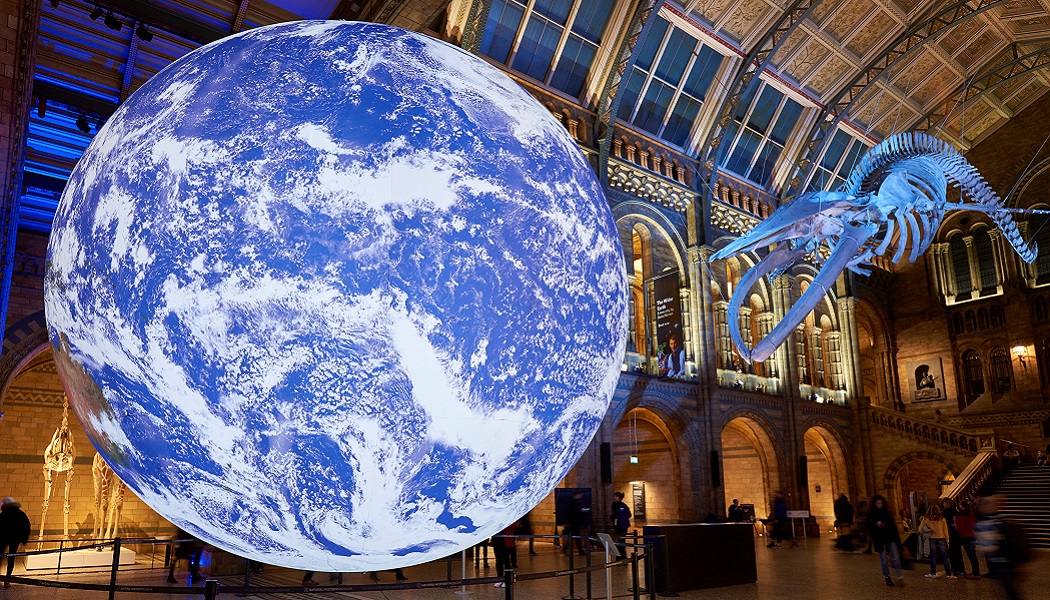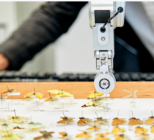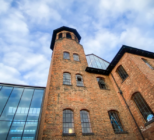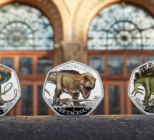The Natural History Museum has declared a ‘planetary emergency’, a policy which will be underpinned by involvement in several environmentally focused initiatives and the delivery of events and exhibitions relating to the issue of climate change.
The institution claims to be the first museum globally to set a science-based carbon reduction target in line with the Paris climate agreement’s 1.5°C global warming trajectory. The Museum has also confirmed it will transform its five-acre gardens as part of the Urban Nature Project, a major new UK-wide partnership tackling urban biodiversity loss.
“In this time of unprecedented threat, we need an unprecedented global response,” Sir Michael Dixon, director of the Natural History Museum, stated as the announcement was made. “Our strategy is built around our vision of a future where people and planet thrive. Our ethos is one of hope that by working together we can change the current path.
“The Museum is well placed to make a difference, it is a world-leading science research centre and our 300 scientists represent one of the largest groups in the world working on natural diversity.”
Sustaining science
In conjunction with its green plans, the Museum has also made public its new Vision and Strategy for the coming eleven years. This scheme outlines the organisation’s goals between now and the 150th anniversary of its South Kensington Waterhouse building.

Despite having grown its annual visitor numbers from 230,000 to 5.4 million since opening in 1881, the Museum’s public gallery spaces have only grown by around 50%. Plans to expand this in the coming decade include the creation of new interactive children’s and dinosaur galleries.
Many of the Natural History Museum’s 19th century buildings are no longer fit for purpose, with sub-standard storage facilities putting significant specimens at risk of deterioration and limit the collection’s expansion. The institution’s 2030 strategy includes remedying this by creating a new science and digitisation centre in order to safeguard and share its 80 million specimens.
This new site will also serve as a hub to drive technology and skills development through digitising natural science collections and catalysing the next wave of analytical technologies, such as AI, Big Data, genomics, remote-sensing and planetary exploration.
At present, just 5% of the Museum’s collection is digitised. Despite this, 18 billion of its specimen and research records have already been downloaded, while more than 420 scientific publications cite its data. Digitising more of its collections, the Museum believes, could have huge potential.
“Our ambitions include a plan to create a flagship, sustainable science and digitisation centre to safeguard a remarkable collection that explains our past, helps us chart a path for the future and provides a hub for partnerships with research institutions, museums and industry,” Dixon added.
“This facility will enable us to apply brilliant minds and 21st century technologies to the Museum’s 250 years of continued natural history collecting and research and supply big critical data, supporting the global scientific effort to find solutions to the world’s ecological crisis.”










